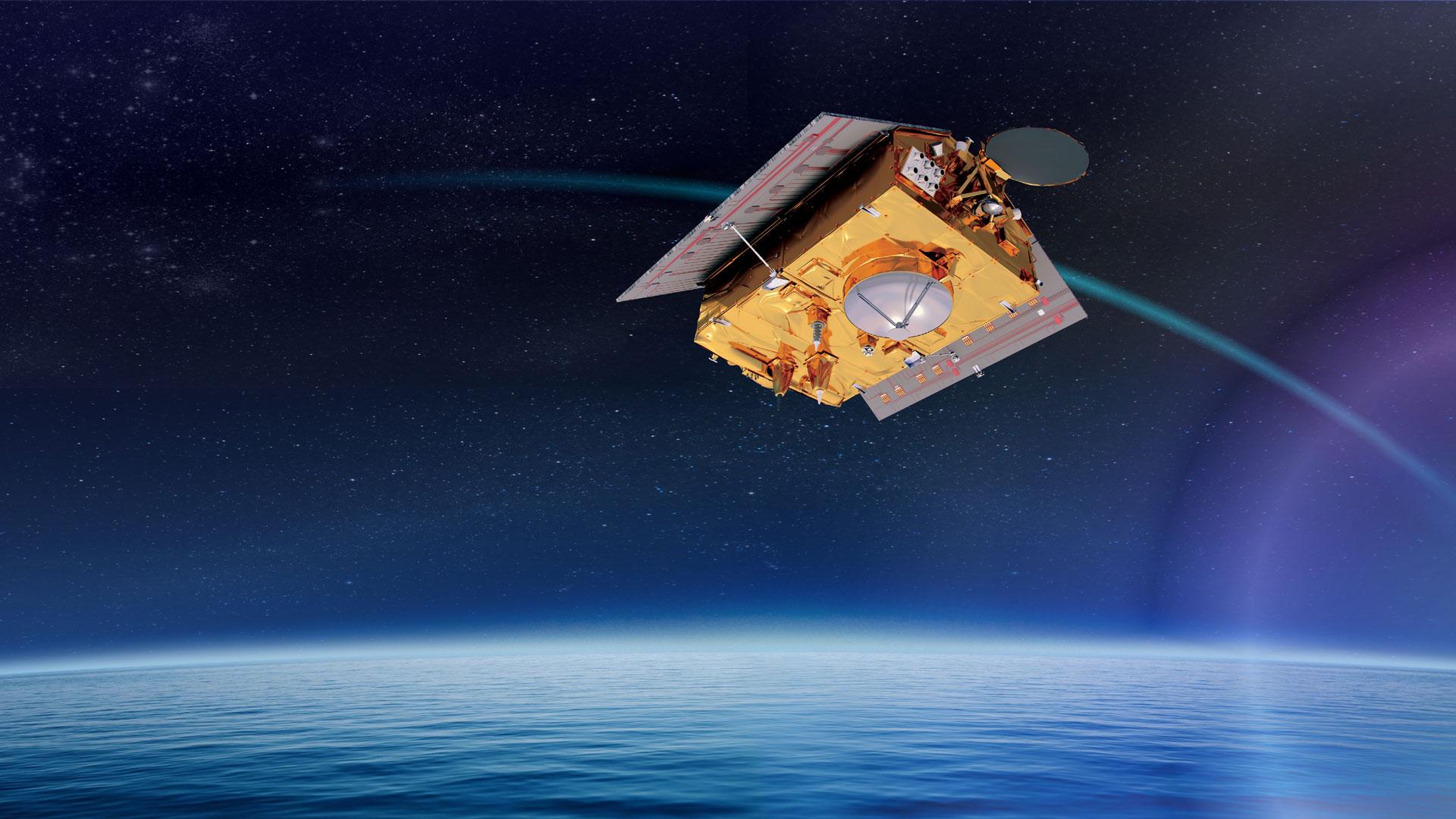
Monitoring of the Earth’s oceans from space enters a new era
Joint European-US Copernicus Sentinel-6 mission will benefit weather forecasting and climate change monitoring and adaptation efforts


Monitoring of the Earth’s oceans to measure sea level rise, a key indicator of climate change, and to improve ocean and weather forecasting enters a new era tomorrow.
05 November 2024
21 June 2021
The unique, joint European-US Copernicus Sentinel-6 mission will enter its “operational” phase, meaning some data products from its instruments on board will be released to users – weather forecasters, climate researchers and others – after intensive calibration and validation activities to ensure accuracy. The satellite measures ocean height to within 3cm from an altitude of 1,336km.
The Copernicus Sentinel-6 Michael Freilich satellite was launched from California, in the United States, on 21 November 2020. It is the first of a new generation of ocean-altimetry satellites that will continue the unbroken, highly accurate record of measurements of the ocean’s surface stretching back to 1992.
“We have been flying Copernicus Sentinel-6 Michael Freilich on the same orbit as the current altimetry reference mission, Jason-3, for the past six months, so that the satellites have the same ‘view’ of the ocean,” EUMETSAT Ocean Altimetry Programme Manager Julia Figa Saldana, who recently took over from Programme Manager Manfred Lugert, said.
“Experts from around the world have collaborated intensively over the past six months, despite the workplace constraints caused by the coronavirus pandemic, to cross-calibrate their data to ensure accuracy.
“The data are now being processed at EUMETSAT headquarters in Darmstadt, from where the satellite is also being controlled, and released to ocean and weather forecasting data users for operational usage.”
European Commission Director for Space, Matthias Petschke, said, “Preparing our resilience and adapting to sea level rise as an effect of climate change is a top priority in the decades to come, as part of the European Green Deal.
“From scenarios published in 2015 for Cop21, we can observe that the sea level rise phenomenon is accelerating faster than expected. It will affect our EU coasts in decades to come, this is a certainty, and this is critical for some European countries.
“Jason missions, in the past, and now Copernicus Sentinel-6, are unique solutions to give us accurate information on this trend, observing and monitoring it accurately, as well revealing this alarming acceleration of the rise.”
NOAA Program and Project Scientist Eric Leuliette said: “These initial data show Sentinel-6 Michael Freilich is an amazing new tool that will be used widely at NOAA.
“It will improve predictions of the intensity of hurricanes and forecasts of ocean weather for navigation, and help sustain marine ecosystems.”
NASA Program Scientist for Sentinel-6 Michael Freilich, Nadya Vinogradova-Shiffer, said:
“The release of this data marks the beginning of a new Sentinel era of ocean satellite altimetry for the NASA science community and the international Ocean Surface Topography Science Team, who are excited, ready, and eager to expand nearly three decades of discoveries in ocean and climate science.”
European Space Agency Sentinel-6 Mission Scientist Craig Donlon said, “Building on a long line of European heritage dual-frequency altimeter missions, Sentinel-6’s Poseidon-4 altimeter was designed to bring new Ku-band synthetic aperture radar measurements into the altimetry reference time series.
“To manage the transition from Jason-3’s lower resolution measurements to Sentinel-6’s high-resolution products with confidence, Poseidon-4 acquires both high-resolution and low-resolution measurements simultaneously. The high-resolution products will be available later this year. Data from the Sentinel-6 show great performance based on validation by independent measurements on the ground.”
EUMETSAT operates two Copernicus missions on behalf of the European Commission – Sentinel-3 and Sentinel-6. The Copernicus Sentinel-4 mission, an atmosphere monitoring instrument, will be carried on the Meteosat Third Generation sounding satellite scheduled for launch at the end of 2023.


